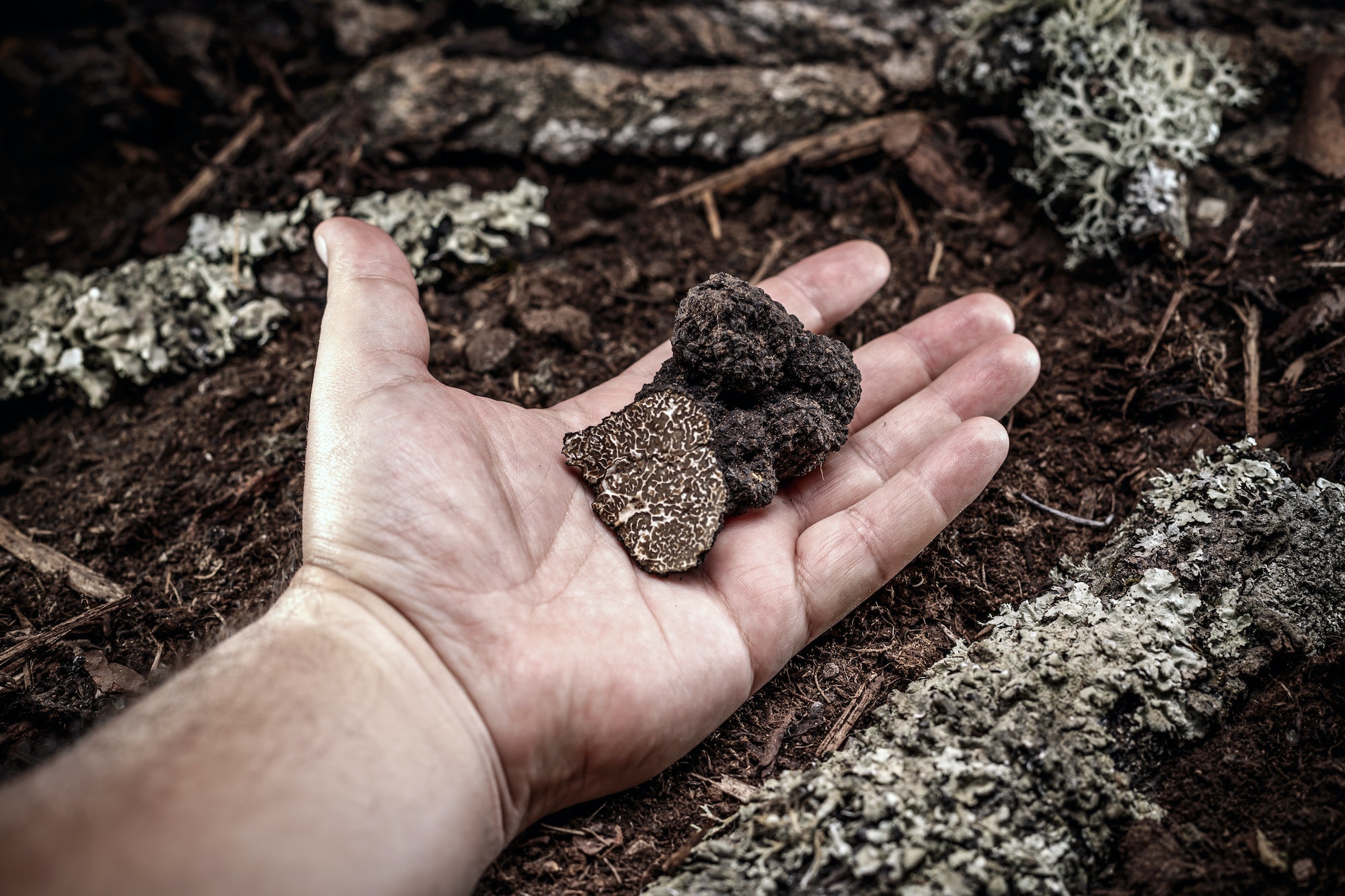Truffles, the highly sought-after and expensive fungi, have been a culinary delicacy for centuries. These subterranean treasures are notoriously difficult to find, as they grow underground near the roots of certain trees, such as oak and hazelnut. Due to their elusive nature and strong, earthy aroma, truffles have been the object of fascination for gourmands and foragers alike.
While some truffle hunters rely on their intuition and experience to locate these hidden gems, many turn to the assistance of animals with a keen sense of smell. Trained dogs and pigs have long been used in the pursuit of truffles, helping foragers uncover these rare and valuable fungi.
Pigs, particularly the female ones, have a natural affinity for truffles due to a compound called androstenol found in truffle aroma that is similar to a pheromone found in boar saliva. This natural attraction makes pigs excellent truffle hunters. However, there are some downsides to using pigs in truffle hunting. Pigs have a tendency to eat the truffles they find, which can be problematic considering the high value of these fungi. Additionally, pigs can cause significant damage to the forest floor with their rooting behavior.
Dogs, on the other hand, do not have the same innate attraction to truffles but can be trained to detect their scent using positive reinforcement techniques. Breeds such as the Lagotto Romagnolo, Belgian Malinois, and various scent hounds are known for their exceptional olfactory abilities and are often used in truffle hunting. Unlike pigs, dogs are less likely to eat the truffles they find and cause less damage to the environment.
Regardless of whether you choose to use a pig or a dog in your truffle hunting endeavors, there are several tips and techniques that can help improve your chances of success:
- Know your terrain: Truffles typically grow in specific types of soil and near certain tree species. Familiarize yourself with the ideal truffle habitat in your region and focus your search in these areas.
- Timing is crucial: Truffles have a specific growing season, which varies depending on the type of truffle and the region in which they are found. Be aware of the prime truffle season in your area and plan your foraging expeditions accordingly.
- Work with a trained animal: While it is possible to find truffles without the aid of an animal, using a trained dog or pig significantly increases your chances of success. If you do not have access to a trained animal, consider joining a guided truffle hunt or hiring the services of a professional truffle hunter.
- Be patient: Truffle hunting can be a time-consuming and labor-intensive process. Be prepared to spend several hours searching for these elusive fungi and remember that patience is key.
- Handle truffles with care: Once you have located a truffle, carefully unearth it using a small trowel or your hands, taking care not to damage the delicate fruiting body. Clean the truffle gently with a soft brush to remove any dirt or debris.
Truffle hunting can be a rewarding and lucrative endeavor for those who are willing to invest the time and effort required to master this ancient art. Whether you choose to enlist the help of a trusty canine companion or venture out with a porcine partner, the thrill of unearthing one of nature’s most prized culinary treasures is an experience that will not soon be forgotten.

